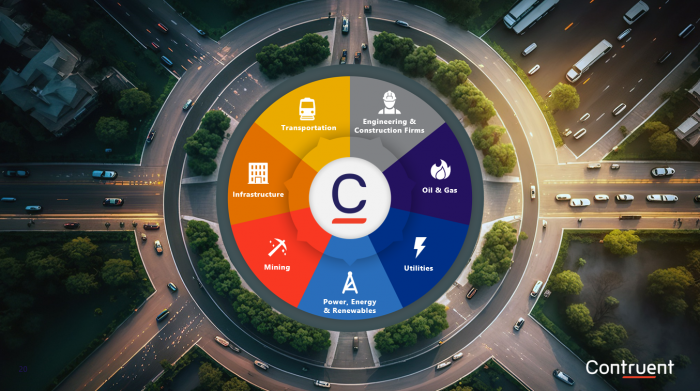No one can determine what will happen in the future – the future is always uncertain. But over the last 50 years the view of many seems to have shifted to believing a schedule or cost plan is a precise statement of what will happen months or years into the future.
When the inevitable occurs and things do not happen as planned, people get blamed and the reaction has been to build more detail into the plans and make contracts more restrictive. Despite this cycle being repeated time after time 80% of projects still fail to meet the required objectives.
It is time to recognize if we keep doing what we’ve done for the last 50 years we will continue to get the same results.
Appropriate detail is useful in short term planning when you know who will be doing the work, how good they are, and the way they will accomplish the work. But for work planned to be done months in the future, when you have no idea who will do the work, detail is simply a pedantic set of guesses that add no value to anyone. Excessive detail hides information and constrains thinking.
One solution to this failure in project controls has been the shift to agile in its various forms. The problem with the more extreme versions of agile is the lack of adequate controls, there are very few rigorous processes for working out current status or the projected completion of the project. This lack of information may not be a problem on smaller internal projects, but causes real issues on commercial projects for external clients – failing to meet contractual commitments has consequences.
Project Controls 3.0 (PC-3.0) has been designed to combine the best of both approaches.
The key assumption in PC-3.0 is the time and cost for most projects are set before the project team is assembled. Typically, either in a commercial contract, sales contract, or internal business case. Obviously if these targets are sensible and realistic they are more likely to be achieved but from the projects perspective they are part of the objectives the project has been created to deliver. The other key commitment is scope, this may be flexible on some internal projects but mostly people expect to get what they are paying for.
Contract 101
Where there is a contract, the project is legally required to fulfil all the agreed contractual obligations including time, cost, and scope.
Out of the three the fixed commitment is scope. The documented scope must be delivered including meeting all quality and performance requirements. The other binding commitment is time – penalties are applied if the scope is delivered late. The client will only pay the costs agreed in the contract, but the actual spend by the project can be higher or lower – if its is higher there is a financial loss to the project.
See more on basic contract law: https://mosaicprojects.com.au/PMKI-PBK-050.php#Process3
Implementing PC-3.0
PC-3.0 starts once the project delivery time-frame is set as a defined objective or contract commitment. Within the preset time-frame the team establishes an overall strategy for the project down to the Work Unit level including budget, time, objectives, and contingencies. This is the project baseline or road map. Then, plan the work of the current and next Work Unit in detail, these should be 4 to 6 months’ worth of work, assigned to a responsible manager.
At each update use Work Performance Management (WPM) to calculate the current status based on the work achieved, and to predict the likely completion of the Work Unit. Then, based on this status and prediction, require the Work Unit manager to implement changes in the way future work is planned to ensure the following Work Units can start as planned. This requires adaptability and flexibility (ie agility) in the management of the Work Units in progress.
Why this works
PC-3.0 is a paradigm shift in thinking moving on from a focus on what has happened, cost and esoteric detail to using the overall plan to set the target for future performance (needed to meet the overall project objectives) and empowering the managers responsible for the work currently in progress to achieve the targets. 99 times out of 100, delivering the required scope on time or early will result in the lowest cost outcome.
The simple fact is you cannot change history, but proactive management can change the future.
Find out more
Patrick Weaver will be in Canberra at the PGCS next week and will be delighted to discuss PC-3.0: https://consec.eventsair.com/pgcs-2024 and at PC Expo in Melbourne in November: https://projectcontrolexpo.com/aus/
Full details of PC-3.0 and WPM are available at: https://mosaicprojects.com.au/PC-3-00-Overview.php





